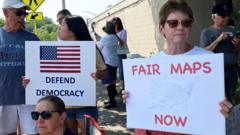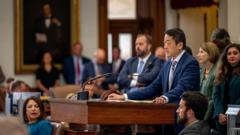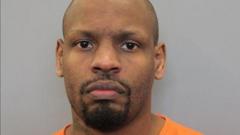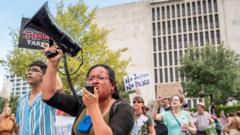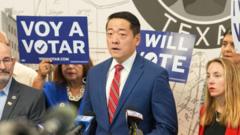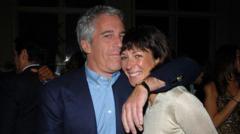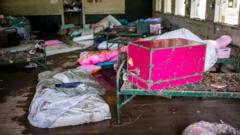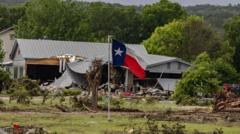Father Moses McPherson’s Georgetown church has seen significant growth in conversions, particularly among men seeking a sense of purpose and community amid societal critiques of masculinity. With a focus on traditional values, including home-schooling and a rejection of modern gender discussions, this movement reflects broader cultural shifts among American youth.
Rise of Orthodox Masculinity: Young Americans Turn to Russian Churches
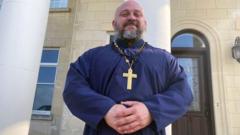
Rise of Orthodox Masculinity: Young Americans Turn to Russian Churches
A growing number of young American men are converting to Russian Orthodox Christianity, drawn by teachings that emphasize traditional masculinity and family values.
Young American men are increasingly seeking refuge in Russian Orthodox churches, attracted by teachings that herald traditional masculinity and denounce contemporary notions of gender expression. Father Moses McPherson of the Russian Orthodox Church Outside Russia (ROCOR) in Georgetown, Texas, has witnessed a remarkable transformation in his community, where the congregation has tripled in just 18 months. He offers a unique perspective resonating with many young men, claiming, “A lot of people ask me: 'Father Moses, how can I increase my manliness to absurd levels?'”
Father Moses, who presents an image of virility, contrasts traditional masculine activities with what he labels as “feminine” traits, such as wearing skinny jeans and using an iron. Born into Protestantism and previously working as a roofer, his online presence — showcasing weightlifting set to heavy metal music — has cultivated a sizable following. The church he serves, part of a network founded following the Russian Revolution, has notably engaged American converts in recent years.
Many converts describe a personal journey where they felt disillusioned in modern American society, often overwhelmed by criticism directed at traditional male roles. For example, Theodore, a former software engineer, expressed a longing for structure, believing that societal narratives undermine men's roles as providers. Such sentiments are common among new congregants, nearly all of whom advocate for home-schooling, viewing it as essential for their children's religious education. Archpriest Father John Whiteford supports the practice, claiming it allows families to shield their children from topics they oppose, including discussions on gender identity.
Despite being a small faction, Orthodox Christianity in America is growing, now marking approximately 1% of the population. The transformative impact of the COVID-19 pandemic is evident; a surge in men seeking a spiritual home has been noted by members of both ROCOR and the Orthodox Church in America (OCA). Statistics indicate a significant increase in male converts since 2007, a trend supported by observations from scholars and clergy alike.
Father Moses and other leaders use digital media effectively to spread their message, relating church practices to a rejection of contemporary Western culture, which they criticize as being overly feminized. Additionally, there are perspectives among some converts that frame Russian Orthodoxy as a bulwark against modern liberal values, pointing to support from Patriarch Kirill for Russia’s military ambitions as aligning with a staunch conservative global community.
Individuals like Buck Johnson, who began investigating the faith during the pandemic, emphasize their rejection of "instant gratification" in favor of deeper community ties, highlighting Orthodox teachings as a remedy to modern challenges. For many, the perceived stability of life in Russia — characterized by its adherence to traditional family roles and bans on same-sex marriage — frames their decision to convert or even relocate.
As the tacit cultural war over masculinity and spirituality intensifies, the rise of Orthodox churches in America symbolizes a shift towards communities that provide a shared identity for those seeking meaning within a rapidly changing societal landscape.

